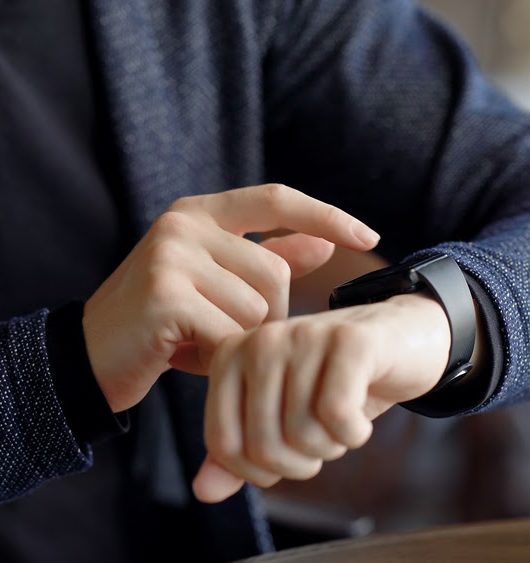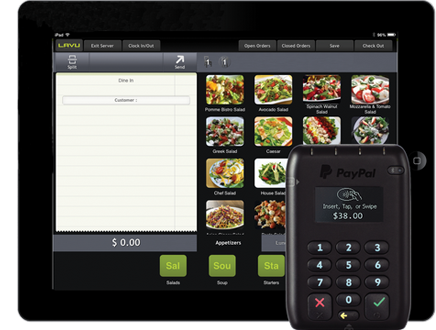Blending Aesthetics and Efficiency in Web Design
 In the dynamic world of web design, the quest for the perfect blend of aesthetics and efficiency is unending. Websites today aren’t just about looking good; they’re about delivering exceptional user experiences while driving conversions. This article delves into the heart of creating visually stunning and highly efficient websites, catering to various sectors.
In the dynamic world of web design, the quest for the perfect blend of aesthetics and efficiency is unending. Websites today aren’t just about looking good; they’re about delivering exceptional user experiences while driving conversions. This article delves into the heart of creating visually stunning and highly efficient websites, catering to various sectors.
Table of Contents
Understanding Aesthetics in Web Design
Aesthetics in web design go beyond mere attractiveness. It encompasses usability, accessibility, and the overall feel of the website. An aesthetically pleasing site grabs attention and makes visitors want to stay longer, explore more. It’s about choosing the right color schemes, layout, and typography that resonate with the brand’s ethos and the target audience’s preferences. For instance, a website designed for a high-end restaurant would have a different aesthetic appeal compared to an e-commerce platform.
Efficiency: More Than Just Speed
Efficiency in web design is often mistaken for speed. While loading time is crucial, efficiency also means how quickly and easily users can find what they’re looking for. It’s about intuitive navigation, well-organized content, and a seamless user journey. An efficient website minimizes frustration and maximizes user satisfaction.
Balancing Aesthetics and Efficiency
The art of web design lies in balancing aesthetics with efficiency. A site that’s beautiful but difficult to navigate is as ineffective as a fast-loading but unappealing one. The key is to understand the user’s needs and expectations. They need to be visually appealing to attract and retain visitors, but also efficient enough to guide them towards making a purchase or inquiry.
Designing for Conversion
A website’s ultimate goal often boils down to conversion – be it sales, sign-ups, or inquiries. This requires a design that not only attracts users but also convinces them to take action. Effective use of call-to-action buttons, persuasive copy, and strategically placed testimonials or reviews can enhance conversion rates. If we look at the top conversion websites, we can see that they often use contrasting colors for their call-to-action buttons to make them stand out and encourage clicks.
Sector-Specific Design Considerations
Each sector has unique web design requirements. For example, website design for restaurants focuses on visual appeal to entice the senses, easy navigation to find menus and booking options, and mobile optimization for on-the-go customers. In contrast, an e-commerce website will focus more on product displays, search functionality, and a streamlined checkout process. Understanding the sector-specific nuances is key to designing effective websites.
Conclusion
In summary, blending aesthetics and efficiency in web design is a delicate yet achievable balance. It requires a deep understanding of the user’s needs, the brand’s identity, and the specific demands of the sector. By focusing on both the beauty and functionality of a website, designers can create engaging, user-friendly, and conversion-optimized online spaces. This holistic approach is the cornerstone of modern web design, where aesthetics meet efficiency in a harmonious blend.








